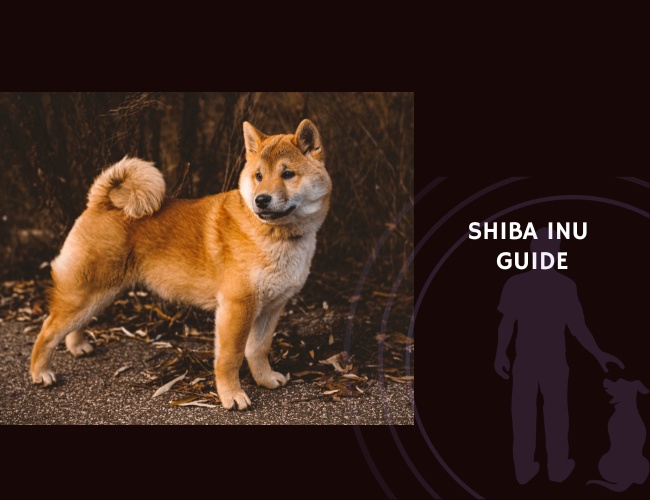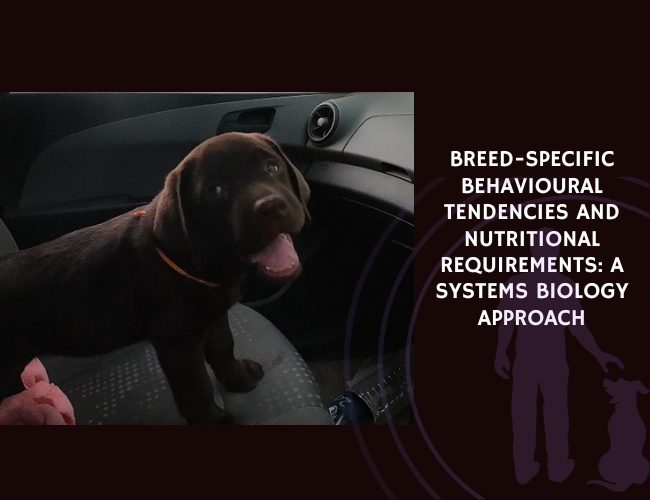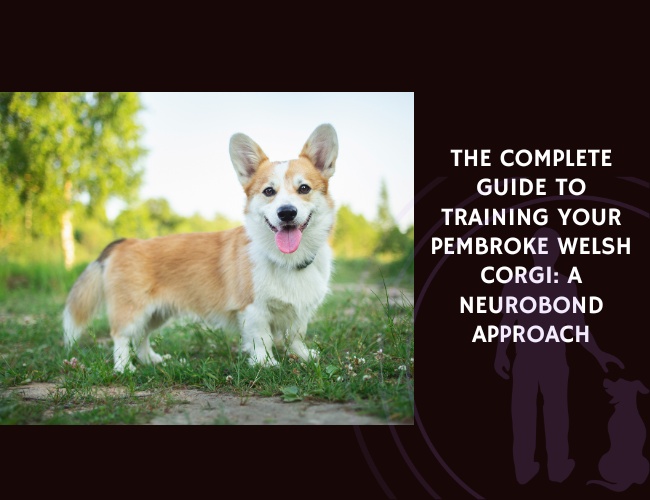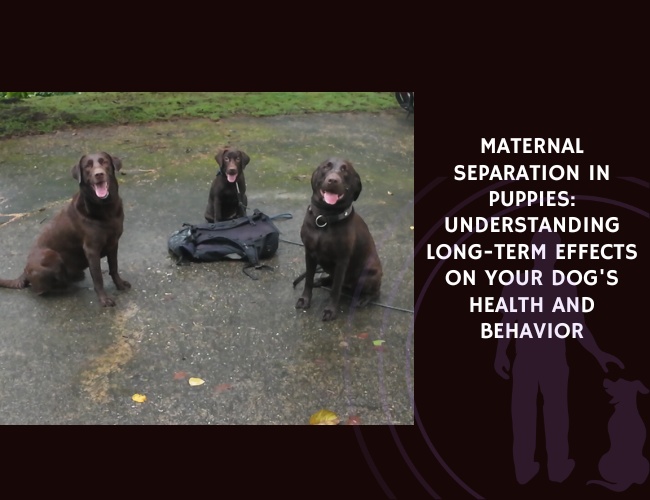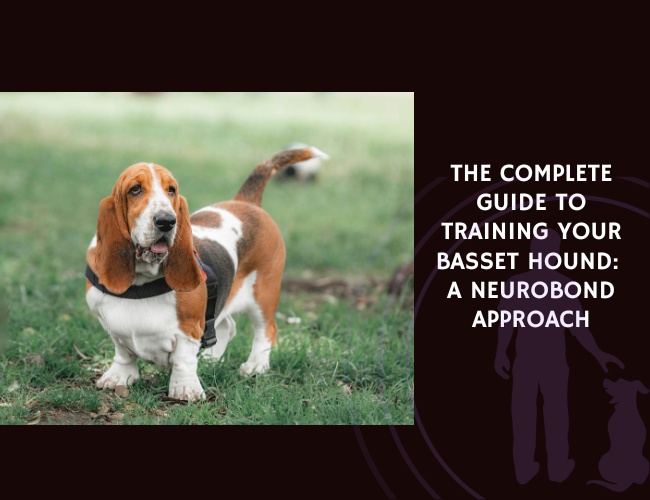Introduction to the Shiba Inu
The roots: ancient hunters from japan
Let’s start at the beginning. The Shiba Inu is one of japan’s oldest and most treasured dog breeds. Developed primarily as a hunting companion, shibas were prized for their ability to flush out birds and small game from rugged terrain. Their primitive spitz-type heritage is clear from their alert expressions, plush tails, and agile bodies. Even today, you can spot their hunting ancestry in their keen senses and quick reactions—hallmarks inherited from centuries of survival alongside people in rural japan.
What makes a shiba inu unique?
A shiba inu’s compact frame gives a false impression of fragility. Instead, these little dogs are brimming with self-assurance, emotional independence, and adaptability. Here are some stand-out characteristics:
- Fiercely independent—shibas like to make their own decisions
- Highly alert—they notice everything and are quick to react
- Naturally territorial—they tend to guard their space from unfamiliar people or animals
- Distinct vocalizations—most famously, the dramatic “shiba scream” when excited or stressed
Their famous aloofness with strangers and strong-willed nature can be charming—but also challenging for potential owners.
Why their personality matters for owners
Understanding the shiba’s personality is not just interesting—it’s crucial. Many of their quirks stem from their origins as independent hunters. Unlike some breeds that are eager to please, shibas often rely on their own judgment first. This can make training and socialization tricky, especially for people who expect traditional obedience.
New owners need to know:
- Shibas value their own space.
- Excessive handling or chaotic environments may stress them.
- Their escape-artist tendencies require secure fencing and careful supervision.
The payoff for the right owner is a partner who is loyal in their own unique way, full of character, and endlessly fascinating.
As we continue, let’s explore how these traits impact their daily lives, social behavior, and more.
Character and Behavioral Traits
Independent spirit and alert instincts
If you’ve spent any time with a shiba inu, you’ll quickly notice their fiercely independent personality. This is not a breed that lives to please its people. Shibas are emotionally self-sufficient and quite comfortable making their own choices during daily life. Their origins as hunters in Japan have given them a strong sense of self-preservation, and this can be seen in their cautious, yet curious, approach to the world.
Shibas are always paying attention to their environment. Their alertness means they’ll notice the smallest changes, whether that’s a new sound or a visitor at the door. Pair that with strong territorial instincts, and you have a dog who may guard their home, toys, or food with determination. Shiba inus aren’t easily bribed or distracted, so don’t be surprised if your clever pup outsmarts you from time to time.
The “shiba scream” and quirky vocalizations
One unique feature that stands out is the famous “shiba scream.” 🐕 This loud, high-pitched yowl erupts if a shiba feels frightened, frustrated, or restrained. It’s a vocalization that can catch anyone off guard! Besides the scream, shibas often “talk back” with a variety of whines, grumbles, and trills. Understanding this expressive language is part of living with these spirited dogs.
Behavioral challenges: escape artistry and reactivity
Shibas are known escape artists. With a determined mindset and impressive memory, they can learn to open gates or slip through small openings in fences. Their intelligence and resourcefulness mean that basic barriers may not be enough to contain them—high, secure fencing is a must.
Resource guarding is another common behavior. This trait, rooted in their survival history, makes them quick to protect cherished items like food and toys. Reactivity is also a consideration; some shibas bark or lunge at strangers or unfamiliar dogs, especially when they feel threatened or overwhelmed.
Living with a shiba requires an understanding of these unique traits, patience, and proactive management. Creating a secure and predictable environment supports their well-being and can help you build a trusting bond.
Let’s now shift our focus to working with their remarkable (and challenging!) personality through thoughtful training and early socialization.
Training Approaches and Socialization
Embracing Their Unique Learning Style
Training a shiba inu is all about patience and empathy. Unlike more eager breeds, shibas are clever but not always willing to perform for approval alone. Their low biddability means they care more about their own interests than pleasing their owner. So, what works? Keep sessions short, use high-value treats, and offer praise when they show desired behaviors. Keep cues simple, and avoid lots of repetition—if it feels like a chore, your shiba will quickly lose interest.
Stay calm and consistent. Raising your voice or using harsh corrections backfires with this breed. Instead, build trust and set gentle boundaries. If things get tense or your shiba gets frustrated, give them a short break. Remember, patience is key when working with their independent spirit.
The Power of Early Socialization
Start socializing your shiba inu as early as possible. Introduce them to different people, dogs, and gentle handling. This helps ease their natural wariness and reduce the risk of stranger-directed aggression. It also gets them more comfortable with necessary activities like nails trims or vet visits.
Make new experiences fun and rewarding. Play games, offer treats for calm behavior, and allow curiosity at their own pace. With gradual exposure, you’ll shape a shiba that is more adaptable and less reactive in unfamiliar situations.
Mastering Recall with a Free Spirit
Recall training is famously tough with shibas because of their strong prey drive and independent mind. Instead of hoping for off-leash reliability, use a long leash in secure areas. Practice calling them back with a unique word (or a whistle), and always reward generously when they respond—even if it takes a moment.
To help, keep distractions low when starting out. Work indoors or in a quiet backyard before moving to busier spots. Never punish a delayed return, or your shiba may avoid coming back in the future. Repetition in a positive environment can help, but always manage expectations.
Taking these steps makes training both manageable and fun. A thoughtful approach helps set the stage for a positive relationship with your shiba inu—one built on respect and understanding.

Nutritional Requirements and Diet Management
Understanding balanced nutrition for shiba inus
Shiba inus thrive on a diet that matches their moderate size and unique metabolism. Their daily caloric needs should be carefully adjusted based on their age, weight, activity level, and whether they spend more time indoors or out. A typical adult shiba inu will do well with around 1 to 1.5 cups of high-quality dog food per day, split into two meals. It’s key to focus on food with wholesome ingredients and a balance of proteins, fats, and carbohydrates for lasting energy and optimal muscle tone.
Protein is especially important, helping support lean muscle and a glossy coat. Aim for food with moderate protein content—too much can strain their system, while too little may lead to a dull coat and loss of muscle mass. Don’t forget healthy fats: balanced omega fatty acids support skin and coat health, particularly when seasonal shedding strikes.
Addressing sensitivities and weight management
Some shibas can be quite selective or show sensitivities to certain foods. Watch for signs like itching, digestive upset, or chronic ear infections as clues they may benefit from a limited-ingredient or grain-free diet. If you spot these warning signs, consult your veterinarian to help personalize your pup’s meals.
Because shibas have compact body frames, even small excesses in calories can lead to weight gain. Use a measuring cup to serve precise portions and avoid “free feeding,” where food is left out all day. Regular weigh-ins will help you spot any creeping pounds before they become a problem.
Training treats: smart use, not overuse
Training is most effective when paired with high-value treats, but remember, every treat counts toward daily calories! To prevent overfeeding:
- Break treats into tiny pieces for training sessions.
- Use part of their regular meal as rewards.
- Reserve richer treats for challenging tasks.
Water should always be clean and available. Routine vet visits help track your shiba’s dietary and health trends, allowing for food adjustments as needed.
Understanding your shiba inu’s nutritional needs is essential to supporting their athleticism, coat health, and overall happiness. Now, let’s consider how daily routines and environment keep these agile companions thriving.
Health Concerns and Genetic Predispositions
Common Health Issues
Owning a shiba inu means understanding their unique health landscape. This breed is predisposed to a few genetic issues that caring owners must be aware of. Patellar luxation, which is a slipping kneecap, can affect shibas—watch for limping or sudden changes in movement. Glaucoma, an eye condition leading to increased eye pressure, sometimes appears in this breed and can threaten sight. Allergies are also frequent, making shibas prone to itching, ear infections, or digestive troubles. While hip dysplasia is less common than in large breeds, this condition may still show up and hinder your dog’s mobility over time. Alongside these, some shibas face hypothyroidism and progressive retinal atrophy (PRA), which can affect hormone levels and eyesight respectively.
Importance of Dental Care
Dental health isn’t just about fresh breath for a shiba inu—it’s crucial to their overall well-being. Their compact jaws can cause dental crowding, making shibas especially at risk for periodontal disease. If left unchecked, this can lead to tooth loss or infections. Regular brushing (two to three times per week is ideal), dental chews, and annual professional cleanings help keep their mouths healthy and pain-free.
Preventative Care for Lifelong Health
Long-term wellness for your shiba inu means focusing on preventative measures. Schedule routine vet check-ups for early detection of inherited conditions. Keeping vaccinations and parasite prevention up to date reduces the risk of serious illnesses. Joint supplements may benefit those at risk for patellar or hip issues. With proper weight management and balanced nutrition, you can also lower the likelihood of health complications caused by obesity. Support their skin and coat health by monitoring for seasonal or food-related allergies.
Being proactive and observant sets your shiba inu up for a happy life, matching their typical lifespan of 12–16 years. Consistent care provides the foundation for many years of companionship, keeping your spirited shiba enjoying new adventures each day.
Proud. Primal. Precise.
This dog remembers where it came from.
The Shiba Inu isn’t your average companion. Bred for survival in rugged Japan, it carries the independence of a hunter and the elegance of a statue. Every move is calculated. Every look has intent. You don’t own a Shiba—you earn its respect.
Beauty hides a bold mind.
Under the foxlike face and compact frame lies a dog that questions commands, guards what it values, and screams when pushed too far. Aloof with strangers, loyal to a few—this isn’t disobedience. It’s discernment.
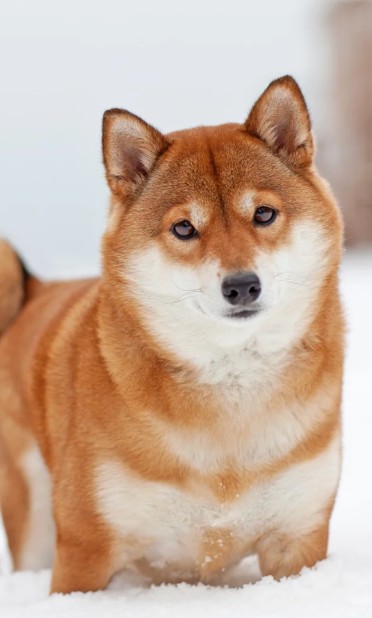
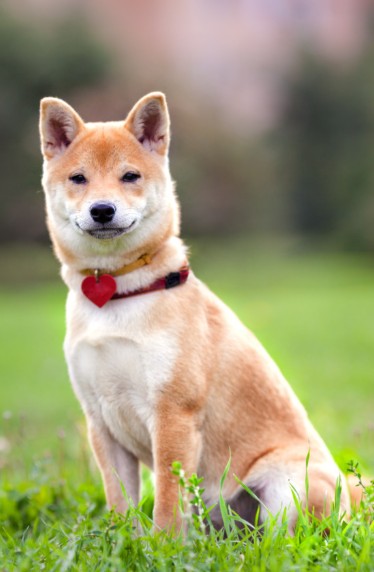
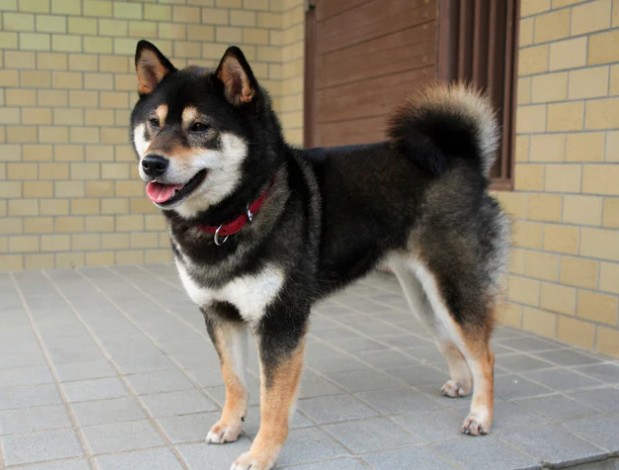
Structure sets them free.
Shibas need freedom, but within clear limits. Secure spaces, steady routines, and respect for their space transform reactivity into confidence. Guide them right, and they won’t just follow—they’ll flourish.
Exercise Needs and Environmental Requirements
Daily Physical Activity
Shiba Inus benefit greatly from moderate to high daily exercise. They need around 60–90 minutes of physical activity each day to stay healthy and happy. This activity can include brisk walks, jogging, and structured play sessions. Variety will keep your shiba inu interested and engaged. Remember, a bored shiba may develop unwanted behaviors.
Mix up your dog’s exercise routine with:
- Morning and evening walks
- Supervised off-leash running in secure areas
- Fetch and tug-of-war games
- Training sessions that engage both mind and body
Always monitor your shiba’s limits—overexertion, especially in hot weather, can be risky due to their thick coat.
Secure Outdoor Space
If your home has a yard, it must be thoroughly escape-proof. Shiba Inus are escape artists with a strong memory for unnoticed exits. A secure fence should be at least 1.5 meters high with no gaps. Avoid electric fences; physical barriers are more reliable for this clever breed. Double-check latches and always supervise outdoor playtime to prevent escapes.
Key tips for a secure yard:
- Use solid, tall fencing with no climbable objects nearby
- Regularly inspect the perimeter for holes or weak spots
- Lock gates at all times
- Keep enticing items (like food or small animals) away from the fence line
Enrichment for Mind and Instincts
Shibas are driven by their hunting origins, so enrichment is crucial. Interactive toys, food puzzles, and games that encourage scent-tracking can help meet their mental needs. Scent work, for example, lets your shiba search for treats with their nose, tapping into natural instincts. Rotating toys and introducing new challenges will prevent boredom.
Ideas for enrichment:
- Hide treats around the house for a “treasure hunt”
- Use puzzle feeders during mealtimes
- Enroll in scent-detection or agility activities
- Schedule supervised exploration in new environments
Daily enrichment builds confidence, reduces stress, and helps prevent destructive behavior.
Providing the right balance of exercise, security, and mental stimulation ensures your shiba inu is both physically and emotionally content. This foundation supports their overall health and well-being as they continue their journey with you.
Living with a Shiba Inu
Creating a Calm, Structured Home
A shiba inu thrives best in a peaceful, low-stress home environment. These dogs have a strong preference for calmness and predictable routines. Overstimulation—like constant noise or lots of visitors—can lead to anxious or reactive behavior. A tidy, clutter-free setting helps them feel secure. Shibas benefit from regular schedules for feeding, walks, and play. This structure fosters their sense of stability and decreases unwanted behaviors.
Noise sensitivity is common in the breed. Consider creating a quiet spot in your home with a cozy bed or crate where your shiba inu can relax undisturbed. Avoid physical discipline or erratic corrections. Instead, maintain firm but gentle boundaries through clear expectations and calm redirection.
Respecting Their Need for Space
Shiba inus do not enjoy lots of cuddling or being picked up unexpectedly. While affectionate on their own terms, they cherish personal space and autonomy. Children or adults who try to hug, squeeze, or physically manipulate them too much may provoke avoidance, frustration, or even snapping.
Helpful strategies for harmonious cohabitation include:
- Teaching children to allow the dog to initiate contact
- Providing resting areas where the shiba is not disturbed
- Rewarding calm, polite social behavior instead of demanding affection
By respecting these boundaries, owners support their dog’s emotional health and build trust.
Why They Are Not for Every Home
Shiba inus are not ideal for first-time owners or homes with lots of chaos. Their independence, cleverness, and sensitivity to rough handling can be overwhelming for people without prior experience. They may struggle in houses that lack structure or where rules change constantly. Also, their strong personalities make them ill-suited for families who want an easy-going, always cuddly pet.
Successfully living with a shiba inu means celebrating their uniqueness, setting up clear boundaries, and being respectful of their need for order and space.
With these foundations, you can build a rewarding relationship and help your shiba inu flourish as part of your daily life.

Grooming and Maintenance
Coat Care and Shedding
The Shiba Inu sports a thick double coat that deserves a bit of attention. Their outer coat is stiff and straight, while the undercoat is soft and dense. This breed sheds consistently year-round but expect a big “blow out” twice a year—usually in spring and fall—when clumps of undercoat will fill your brush (and maybe your house!). Regular brushing, at least two to three times a week, helps manage loose fur and keeps the coat healthy. During shedding seasons, daily brushing with a slicker brush or undercoat rake can make the process easier and reduce hair tumbleweeds.
Regular Grooming Habits
Routine grooming isn’t just about aesthetics. It also keeps your Shiba Inu healthy and happy. Here’s what you should do:
- Brush the fur a few times weekly to prevent mats and distribute healthy oils.
- Bathe your Shiba only when necessary (every two to three months or after muddy adventures), as over-bathing can strip natural oils.
- Trim nails monthly to prevent splitting and discomfort.
- Clean ears with a gentle dog ear wipe to prevent wax build-up.
- Check teeth weekly for tartar, but brush regularly for overall health.
Many Shibas dislike excessive handling, so start grooming routines early and offer tasty rewards to build positive associations. This helps your Shiba stay confident during grooming and vet visits.
Climate and Skin Considerations
Even though Shiba Inus are adaptable, their skin and coat needs shift with the weather. In colder climates, their thick undercoat keeps them warm, but in hot, dry conditions, pay attention to hydration and possible dry skin. Use a fatty-acid-rich diet to support skin health, and avoid shaving as their double coat protects against both heat and cold.
Keep an eye out for signs of allergies or irritation, like excessive licking or red patches. Early detection and vet advice can prevent bigger skin problems down the line.
A regular grooming routine goes a long way in keeping your Shiba Inu’s coat vibrant and their skin comfortable. Next, you’ll learn how to assess if a Shiba truly matches your lifestyle.
Is a Shiba Inu Right for You?
Assessing Lifestyle Compatibility
Considering a shiba inu for your family? 🐕 It’s important to ask whether your lifestyle matches this breed’s independent spirit. Shibas need calm, structured homes where routines are respected. A household with predictable activity and clear rules will allow these dogs to thrive. Busy, noisy, or unpredictable homes, especially with lots of children or frequent visitors, can stress them out.
If you live in an apartment, know that daily walks (60-90 minutes), mental challenges, and secure outside space are a must. Shibas excel in environments where their boundaries and need for personal space are appreciated. Escape-proof fencing is not optional—they are agile and determined escape artists with keen spatial memory.
Understanding the Challenges
Living with a shiba inu can be rewarding, but it comes with unique hurdles:
- They tend to be aloof toward strangers and wary of other dogs.
- A strong prey drive can make off-leash play risky.
- Resource guarding and reactivity can show up if their routine or belongings are disrupted.
- Shibas are internally motivated and may ignore commands that don’t interest them.
If you’re a first-time dog owner, or prefer a companion eager to please, this breed may leave you frustrated. They require patient training, autonomy, and thoughtful enrichment—not constant affection or handling.
The Rewards of Ownership
For those who embrace the Shiba’s quirks, rewards abound. You’ll enjoy a loyal friend with loads of personality, expressive body language, and intelligence. The bond that forms, once trust is earned, is both steadfast and endearing.
Long-Term Commitment
Shibas typically live 12-16 years, thriving with proper care, dental hygiene, and attention to genetic health risks like patellar luxation, glaucoma, and allergies. Taking one home means a long journey together—requiring time, consistency, and adaptability as they age.
Building harmony with a shiba inu is a special experience for the right owner. Being honest about your lifestyle and readiness will set both you and your future companion up for success.

